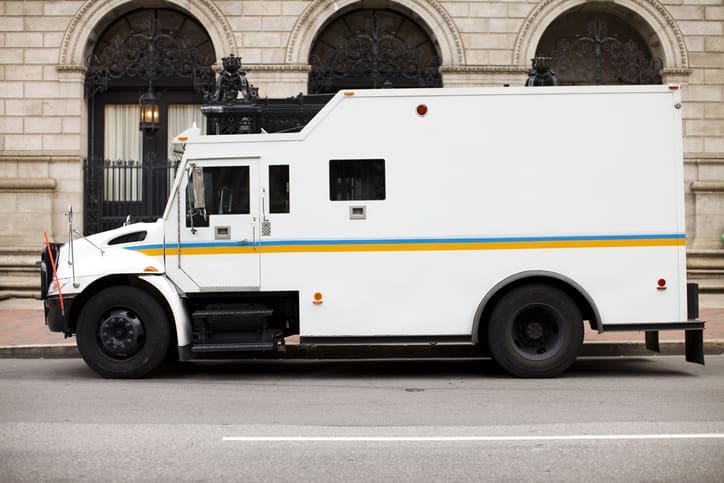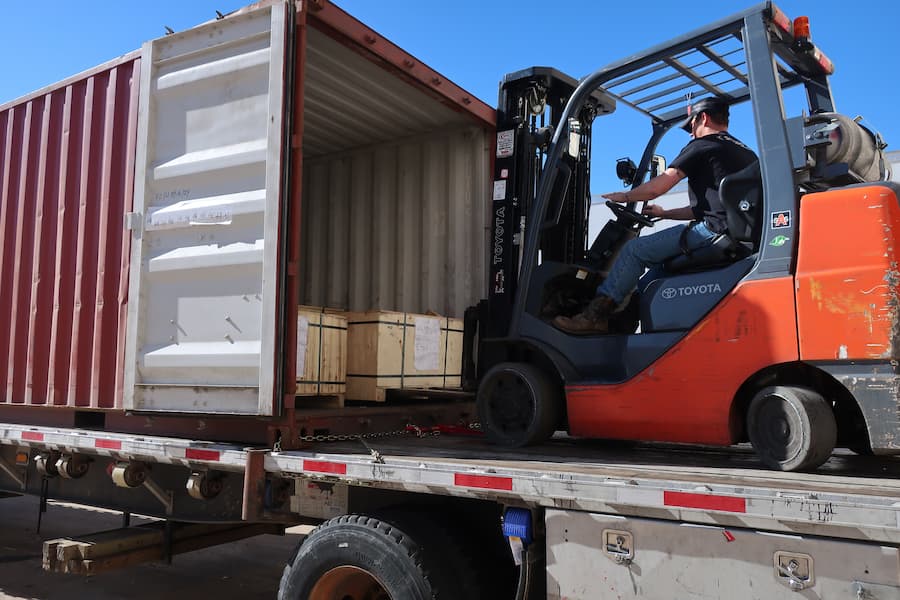We all know that transportation costs are on the rise. Logistics and supply chain consulting firm PLG Consulting predicted trucking costs would rise 8-10% this year. The third annual Element Fleet Management Total Cost of Ownership (TCO) Index (released this past April) reported an 88.0 score: a “marked increase” from the 2015 and 2016 scores of 83.8 and 83.0.
The reasons for the increase are many. PLG blames higher fuel prices, the ELD mandate, and increased salaries and benefits for drivers. Element Fleet Management concurred regarding rising fuel costs, but also noted another reason for increased expenses: tire costs, which increased 17% from 2016. And a March 2018 article in Fleet Owner reported that fleet maintenance costs had risen 50% over the past year, which would certainly add to the overall increase in costs.
These costs affect everyone involved in trucking, from independent owner-operators to specialized heavy equipment trucking companies. And though none of us can do anything about fuel costs or government mandates, the TCO index and Fleet Owner article point to one area where we can work to control costs: preventative maintenance (PM). Yes, maintenance costs have risen, but we all know it’s more cost-effective to fix things before they’re broken.
Not only are costs higher when jobs have to be slotted into an already-busy service schedule due to an emergency, but a breakdown also means towing expenses, driver downtime, and unhappy customers. All of those elements add up: Industry experts estimate that an out-of-service vehicle costs a fleet $850-$1,000 per day. Russ McKusick of Bozzuto’s Inc. said it succinctly in the Fleet Owner article: “When you look at that truck downtime, at least on our side, you have to consider that you’re bringing in a service rider, the driver himself is down, the truck is down. And then most times you are bringing in people in transportation, customer service is involved contacting stores. You take all these people that because of this breakdown are now involved in it, they are not doing what they normally would do on their job.”
The good news? Regularly scheduled preventative maintenance can address many of those costs. In fact, addressing just 35% of predicted issues could save a fleet up to $490 per truck per year.
Preventative Maintenance Tips
There are good simple preventative maintenance checklists available from other resources (like this one from TruckFreighter.com), but we prefer to give you a bit more in-depth information, so this week we’ll be offering tips for PM for tires, lubrication, and starting and charging systems; and next week you can read tips for maintaining brakes, suspension, coolant systems, and exhaust after treatment systems.
Tires
Tires can cost you—and we’re not just talking about the rising costs of new tires, as noted in the Element Fleet Management TCO Index. Poorly maintained tires create costly safety issues: The U.S. National Highway Safety Administration (NHTSA) reported that blowouts, bald tires, tread separation, and improper inflation cause one in every 11 crashes. Out-of-balance tires are responsible for some driver health problems: Vibration shock from travels through the steering shaft, stressing the tendons of those holding on to the wheel. Underinflated tires also leak money. According to the U.S. Department of Energy, properly inflated tires can save you as much as 3.3% in fuel costs.
Luckily, you can head off a lot of tire issues by:
- Maintaining proper air pressure – It may seem like an obvious task, but it’s one that’s often left undone. A 2003 survey by the Federal Motor Carrier Safety Administration found only 50% of the tires checked were within 5% of their recommended pressure. In order to determine and maintain proper inflation, you should:
- Ascertain you have the right pressure for your load. “Matching the air pressure to the load is an important part of getting the most out of your tires,” Homer Hogg of TravelCenters of America told trucking.com. “Tire manufacturers publish charts to help determine the proper air pressure required based on the load.”
- Check tire pressure often. According to Roadmaster Tires, tire condition and pressure should be checked before each trip, daily during continuous service, and weekly in general, whether or not your vehicle uses an automatic inflation system. And of course, a tire pressure check should be included at every preventative maintenance session.
- Checking alignment regularly – You should:
- Watch for irregular wear on tires.
- Routinely check the front axle toe-in angle.
- Check your total vehicle alignment 80,000-100,000 miles or 12-18 months.
- Rotating tires – Rotate tires when they are 50% worn or earlier if they show signs of irregular wear. Rotate steer tires side-to-side to even out the wear.
- Using tires that match – “A diameter mismatch of just 5/16 of an inch means the larger tire will drag the smaller one a distance of about 13 feet for every mile, or 246 miles for every 100,000 miles,” says Bridgestone’s Guy Walenga. Match all dual assembly tires not just by tread depth or inflation pressure but also by circumference.
Lubrication
Properly greased components last longer, saving you money and additional wear and tear on vehicle parts.
Truck’s lubrication needs have changed with the advent of new technology, but it’s still important to regularly check lubrication and change grease, especially on Kingpins and U-joints. Even extended life components designed with no grease fittings eventually need to have a grease fitting installed and a normal lubricant regimen added. “I’ve seen many failures of these U-joints as a result of the grease fittings never getting installed, or the joints just failing as they reach the end of their lubrication life,” says Hogg. “Many truckers perform a ‘dry’ preventive maintenance check between their oil changes primarily designed to get the vehicle lubricated properly.”
Starting and Charging Systems
Your batteries, alternators, starters and cables and connections not only last longer with regular PM, but ensuring they’re in working order can help you avoid costly charging or starting system failures on the road. Taking care of these integral parts is a simple matter of:
- Removing and cleaning the battery at every preventative maintenance session.
- Load testing each battery at each preventative maintenance session, too. Twice a year is not enough.
- Keeping batteries clean so they are easier to inspect. This also means mean not greasing or spraying them after cleaning.
- Remembering cables and connections. “I am still amazed at how many technicians across the trucking industry change batteries, alternators and starters and fail to check cables and connections,” says Hogg. “The majority of starter and alternator failures are a result of bad connections and corroded cables.” Clean connectors during PMs and test them at least once or twice a year.
Join us next week for Truck Maintenance Tips
That Can Save You Money: Part 2!
We Can Save You Money, Too
How? We’re not just heavy equipment transporters, we’re shipping and logistics experts who are resourceful as well as professional. At Next Exit Logistics, we earn the trust of our clients with efficiency, transparency, and security. In addition, we understand how to handle freight services for unusual, oversize, or overweight shipments and are certified to arrange the shipment of hazardous materials. To learn more about our services, call Next Exit Logistics at 866-624-2661 or contact us via email.




